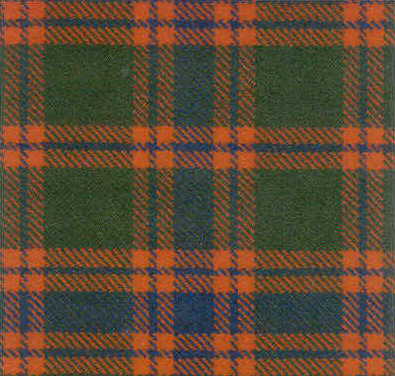Pict Clanns of Albann

Clann SKENE

The original name was Sgian, Gaelic for knife. The Skene clan comprised several families, including Dyce, Halyard, Cariston, Curriehill and Rubislaw. The Robertsons of Atholl were the Skenes' ancestors when the clan name was Clann Donnchaidh.
In the 11th century, a son of Robertson of Straun rescued the Scots king from an attack by a wolf by killing it with his knife. As a reward, the king gave him lands in Aberdeenshire that were renamed Skene. If that story is true, Robert was lucky the local Picts didn't stick him with the knife rather than the wolf. MacBeth had been the last Celtic ruler, and the Anglo/Norman rulers were bent on erasing the power base of the Picts in the north.
In 1318, King Robert Bruce made Skene into a Barony. The coat of arms of the Skenes shows three wolves' heads impaled on knives such as the one said to have saved the king's life (The Robertson's arms contain three wolves heads without the knives).
The Skenes made many sacrifices for king and country: their chiefs died in battle at Harlaw in 1411, Flodden in 1513, and at Pinkie in 1547. James Skene of Skene was a renowned soldier, fighting for Sweden's King Gustavus Adolphus, and also for Charles I, in the 17th century civil war.
The most outstanding literary figure of this name was William Forbes Skene, appointed Historiographer Royal for Scotland in 1881.